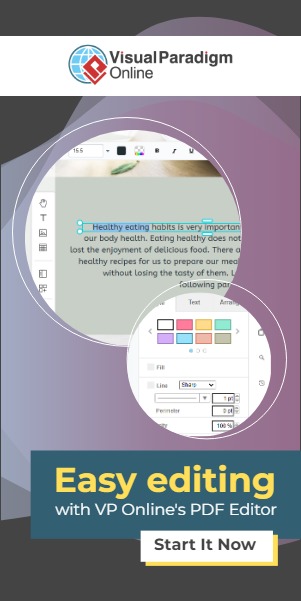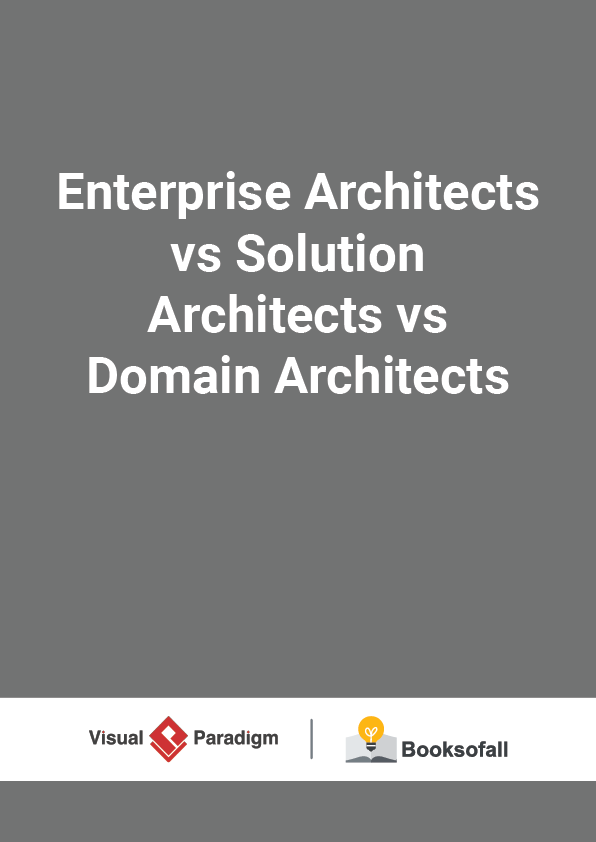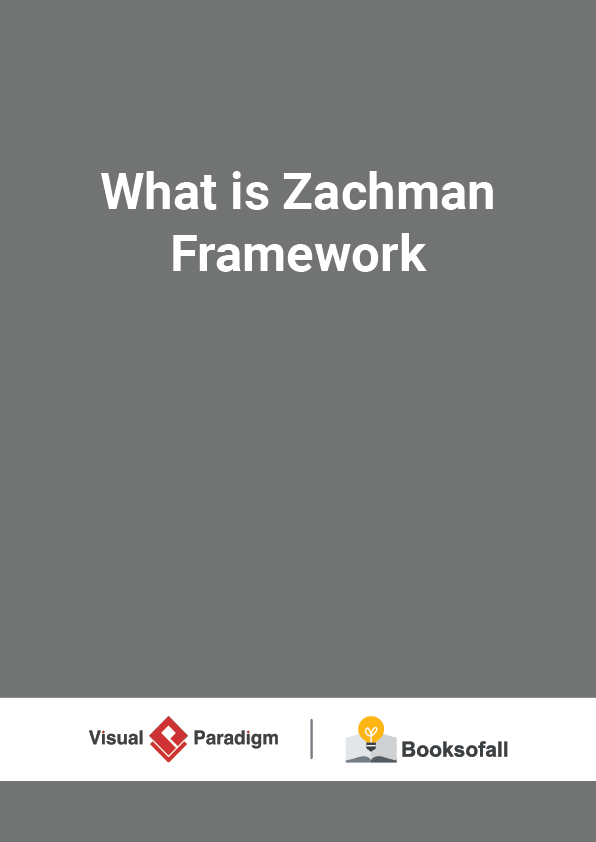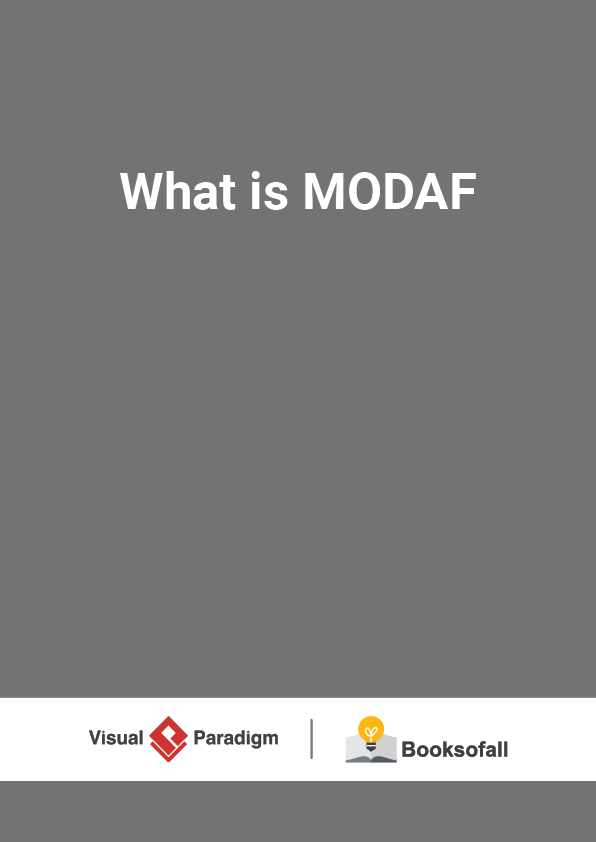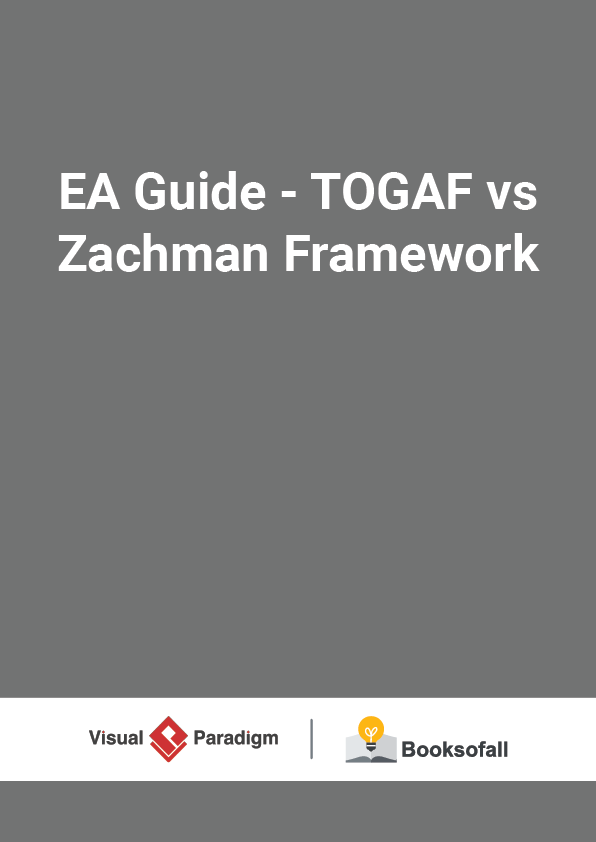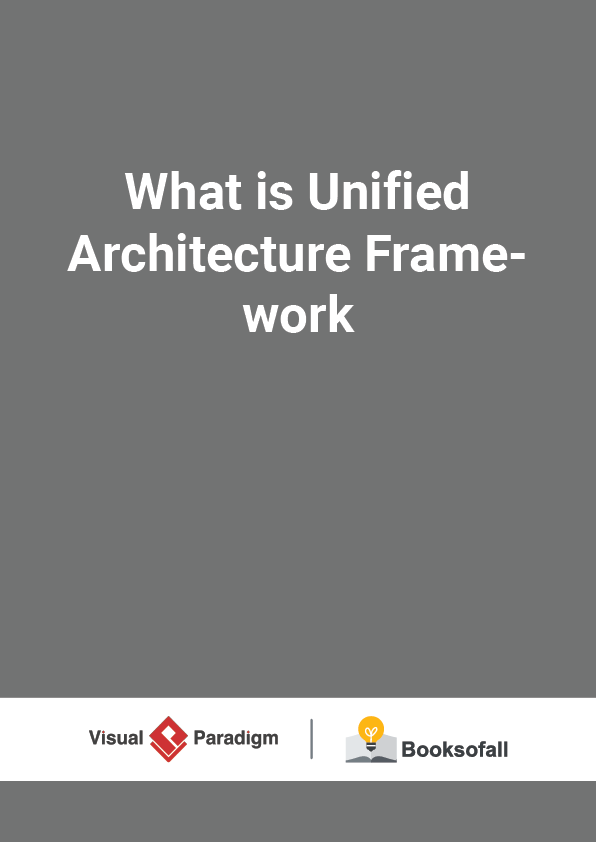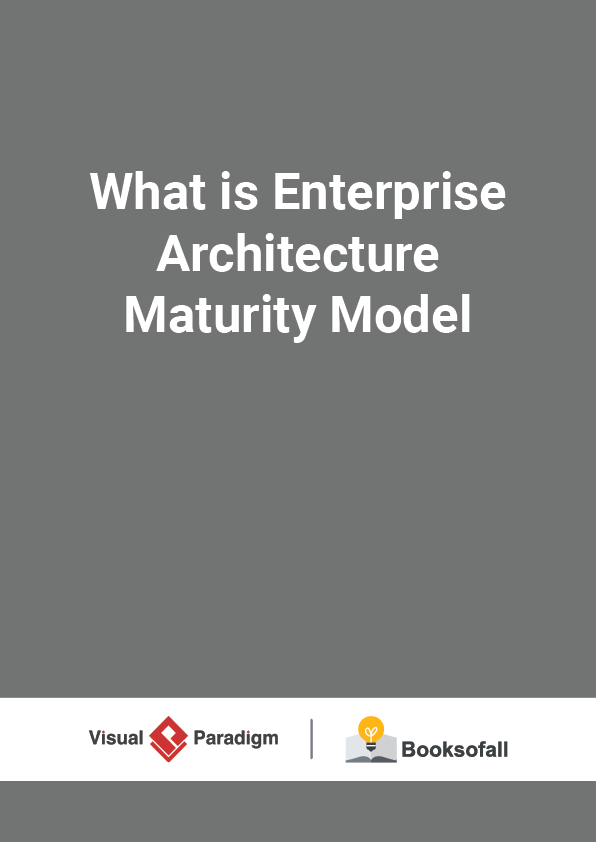How to Perform Stakeholder Management in TOGAF?
9-11 minutes
Stakeholder management is a critical component to the successful delivery of any project, programme or activity that successful architects can use to win support from others. It helps them ensure that their projects succeed where others fail. A stakeholder is any individual, group or organization that can affect, be affected by, or perceive itself to be affected by a programme. In a nutshell, stakeholder management comprises four steps:
- Identify, recognize and acknowledge stakeholder;
- Determine their influence and interest;
- Establish a communication management plan
- Influencing and engaging stakeholder
Benefits of Stakeholder Management
The benefits of successful stakeholder management are:
- The most powerful stakeholders can be identified early and their input can then be used to shape the architecture; this ensures their support and improves the quality of the models produced.
- Support from the more powerful stakeholders will help the engagement win more resources; thus making the architecture engagement more likely to succeed.
- By communicating with stakeholders early and frequently, the architecture team can ensure that they fully understand the architecture process and the benefits of enterprise architecture; this means they can support the architecture team more actively when necessary.
- The architecture team can more effectively anticipate likely reactions to the architecture models and reports and can build into the plan the actions that will be needed to capitalize on positive reaction whilst avoiding or addressing any negative reactions.
- The architecture team can identify conflicting or competing objectives among stakeholders early and develop a strategy to resolve the issues arising from them.
Four Steps Stakeholder Management in TOGAF
In TOGAF, the stakeholder management technique should be used during Phase A to identify the key players in the engagement, and also be updated throughout each phase. The output of this process forms the start of the Communications Plan which will be explained later.
Step 1: Identify Stakeholders
Stakeholders may be both organizations and people, ultimately you must communicate with people. Make sure that you identify the correct individual stakeholders within as take holder organization.
- People and organizations that are affected by work.
- May have the power either to block or advance.
- May be interested, others may not care.
The first task is to determine who the main enterprise architecture stakeholders are.
A sample stakeholder analysis that distinguishes 22 types of stakeholder, in five broad categories, is shown in as shown in the Figure.
Step 2: Classify Stakeholder Positions
You now need to know more about your key stakeholders. You need to know how they are likely to feel about and react to your project. You also need to know how best to engage them in your project and how best to communicate with them.



